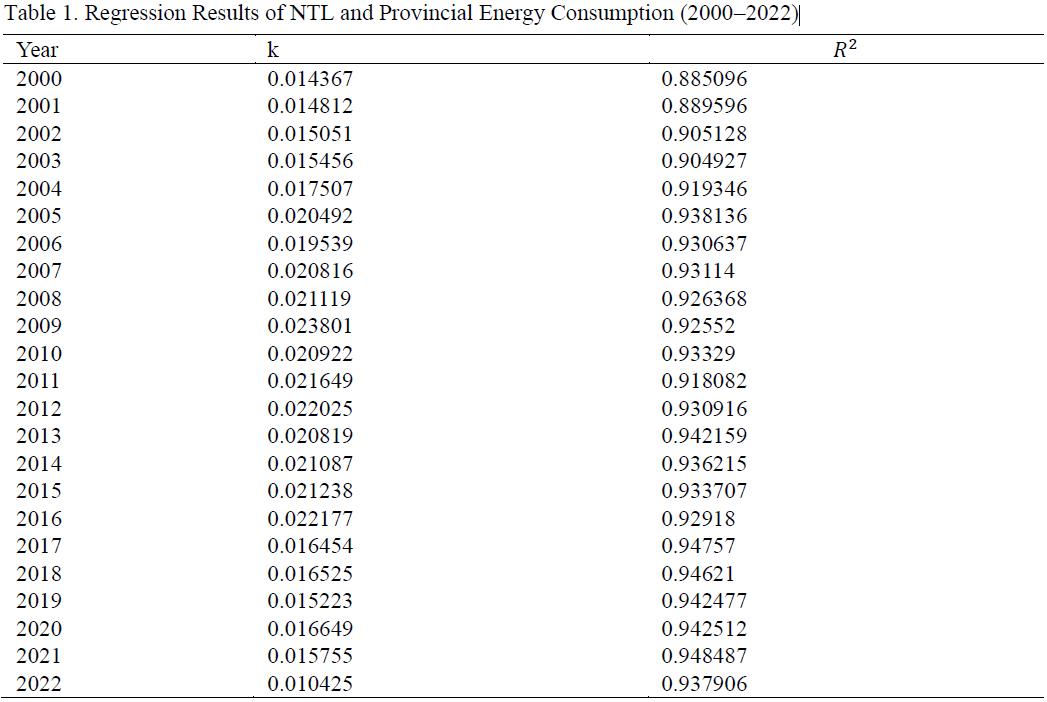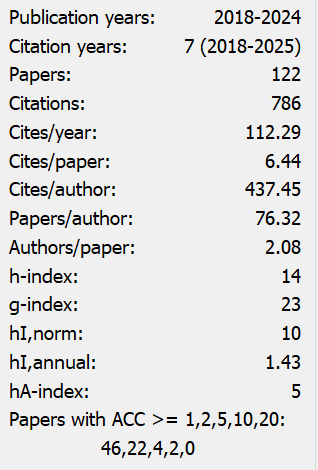LMDI and STIRPAT Analysis of Carbon Emissions in the Chengdu-Chongqing Region: An Industrial Advancement Perspective
Abstract
This study investigates the driving factors of carbon emissions in the Chengdu-Chongqing urban agglomeration, a key economic region in western China, using the LMDI decomposition method and the STIRPAT model. The results reveal that energy structure optimization and energy consumption intensity reduction are the primary drivers of carbon emission reductions, highlighting the importance of clean energy adoption and improvements in energy efficiency. In contrast, economic growth and secondary industry expansion are the dominant contributors to carbon emission increases, reflecting the energy-intensive nature of industrial activities and the strong coupling between economic development and energy consumption. The tertiary industry exhibits a dual role, with its expansion reducing emissions in regions with higher levels of green transformation but increasing emissions in areas dominated by traditional service sectors. Industrial advancement (or industrial structural upgrading) emerges as a critical strategy for mitigating emissions, while population size has a relatively small direct impact, though urbanization amplifies emissions in high-density areas.
This study contributes methodologically by integrating the LMDI and STIRPAT approaches, providing a robust framework for analyzing carbon emission drivers. Empirically, it highlights significant regional heterogeneity in emission drivers across counties and districts, offering valuable insights for targeted low-carbon development strategies. The findings underscore the need to accelerate clean energy adoption, enhance energy efficiency, promote green industrial transformation, and optimize urbanization patterns. These results provide a scientific basis for formulating policies to achieve carbon neutrality and sustainable development in the Chengdu-Chongqing urban agglomeration.
References
Chen, F., Zhang, J., Ren, J., et al. (2022). Spatial and temporal differences and influencing factors of carbon emissions in the Yellow River Basin based on the LMDI model. Journal of Earth Environment, 13(04), 418-427.
Dietz, T., & Rosa, E. A. (1994). Rethinking the environmental impacts of population, affluence, and technology. Human Ecology Review.
Doll, H. C., Muller, J., & Elvidge, D. C. (2000). Nighttime imagery as a tool for global mapping of socioeconomic parameters and greenhouse gas emissions. AMBIO: A Journal of the Human Environment, 29(3), 157-162. https://doi.org/10.1579/0044-7447-29.3.157
Elvidge, C. D., Cinzano, P., & Pet, D. R., et al. (2007). The nights at mission concept. International Journal of Remote Sensing, 28(12), 2645-2670. https://doi.org/10.1080/01431160600981525
Elvidge, C. D., et al. (1999). Radiance calibration of DMSP-OLS low-light imaging data of human settlements. Remote Sensing of Environment. https://doi.org/10.1016/S0034-4257(98)00098-4
Fu, J. (2023). Research on land use changes and carbon emissions in the Chengdu-Chongqing region (Master’s thesis). Chongqing Technology and Business University.
Guo, C. X. (2010). Decomposition of carbon emission factors in China: Based on the LMDI decomposition technique. In Ministry of Science and Technology, Shandong Provincial Government, & China Sustainable Development Research Association (Eds.), Proceedings of the 2010 China Sustainable Development Forum (Volume I) (p. 5). Institute of Industrial Economics, Chinese Academy of Social Sciences.
IPCC. (1992). Climate change: The IPCC scientific assessment. Choice Reviews Online, 29(06), 29-3325. https://doi.org/10.5860/CHOICE.29-3325
Liu, M. H., Zhai, H. X., Liu, S. N., et al. (2023). Comparative analysis of carbon emissions in Tianjin based on the LMDI method and STIRPAT model. Journal of Environmental Engineering Technology, 13(01), 63-70.
Niu, Z. S., Yang, X., Chen, C., et al. (2024). Analysis of the economic development characteristics of the Chengdu-Chongqing urban agglomeration using nighttime remote sensing. Remote Sensing of Natural Resources, 36(04), 272-281.
Tian, Z., Zhang, H. Y., & Niu, W. J. (2021). Carbon peak prediction and emission reduction strategies for the Yangtze River Economic Belt. Resources and Industries, 23(01), 97-105. https://doi.org/10.13776/j.cnki.resourcesindustries.20210104.004
Vinuya, F. D., Difurio, F. G., & Sandoval, E. (2010). A decomposition analysis of CO2 emissions in the United States. Applied Economics Letters, 17, 925-931. https://doi.org/10.1080/00036840902762688
Wang, J. T. (2023). Measurement and influencing factors of green and low-carbon economic development in Sichuan Province (Master’s thesis). Xihua University. https://doi.org/10.27411/d.cnki.gscgc.2023.000343
Wang, X. T., & Gao, J. X. (2009). Human-driven analysis of carbon emissions in Zhangjiagang. Ecological Economy, (01), 55-58.
Wu, J. S., Niu, Y., Peng, J., et al. (2014). Dynamics of energy consumption in Chinese prefecture-level cities from 1995 to 2009 based on DMSP/OLS nighttime light data. Geographical Research, 33(04), 625-634.
Zhang, H. L. (2019). Spatial and temporal characteristics and driving factors of China's energy consumption carbon emissions based on DMSP/OLS nighttime light data (Master’s thesis). Lanzhou University.
Zhou, L., Yang, Y. L., & Liu, W. (1987). Promoting development and reform through industrial policy: A research report on designing China’s industrial policy at the current stage. Economic Research Journal, (03), 16-24.


This work is licensed under a Creative Commons Attribution 4.0 International License.
Copyright for this article is retained by the author(s), with first publication rights granted to the journal.
This is an open-access article distributed under the terms and conditions of the Creative Commons Attribution license (http://creativecommons.org/licenses/by/4.0/).


























